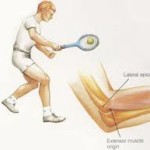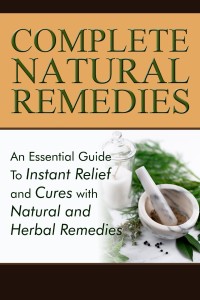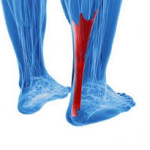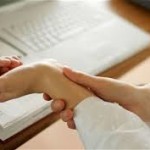 The medical term for tennis elbow is lateral epicondylitis. It is a painful repetitive stress condition that is from an inflammation of the tendons in the forearm muscles that connect to the outside of the elbow. Overuse will damage the tendons and result in inflammation.
The medical term for tennis elbow is lateral epicondylitis. It is a painful repetitive stress condition that is from an inflammation of the tendons in the forearm muscles that connect to the outside of the elbow. Overuse will damage the tendons and result in inflammation.
The overuse of the elbow can be triggered by several different activities. These activities will include tennis and other raquet sports but are not limited to athletic pursuits. Any activity in which you repetitively use your elbow joint will also trigger the injury, such as painters, plumbers, carpenters and butchers.
You’ll experience the pain on the outside of the elbow during the activity that triggered the injury and the pain can spread through the forearm and down to the wrist. Other activities that use the same motion will also trigger pain, such as turning a door handle, holding a coffee cup or shaking hands.
 Your doctor will likely diagnose the problem through history and physical examination. How your symptoms developed, your history of activity and your current symptoms will all be included. You may be asked to get an x-ray to rule out arthritis, MRI to determine if the pain is not originating from a spinal problem in the neck or an EMG to rule out nerve compression – all of which are treated differently than tennis elbow.
Your doctor will likely diagnose the problem through history and physical examination. How your symptoms developed, your history of activity and your current symptoms will all be included. You may be asked to get an x-ray to rule out arthritis, MRI to determine if the pain is not originating from a spinal problem in the neck or an EMG to rule out nerve compression – all of which are treated differently than tennis elbow.
The treatment is primarily rest, physical therapy and bracing. According to the American Academy of Orthopedic Surgeons, approximately 80% of people with tennis elbow will recover with nonsurgical treatments.
Your physician may also recommend non-steroidal anti-inflammatory medications to reduce the pain and to reduce the swelling in the area. If you prefer to reduce the amount of medication you can ice the area for 10 minutes 5-7 times per day. Using a brace over the back of the forearm will also help to support the area and reduce symptoms because it will rest the tendons and muscles.
However, just because your symptoms are subsiding with the ice and bracing does not mean you should return to your activities. Instead, keep resting the area and do physical therapy exercises to strengthen and stretch the muscles of the forearm. This will help to reduce the potential that the injury will recur.
Resources:
American Academy of Orthopedic Surgeons: Tennis Elbow
http://orthoinfo.aaos.org/topic.cfm?topic=a00068
MedlinePlus: Tennis Elbow
http://www.nlm.nih.gov/medlineplus/ency/article/000449.htm
MayoClinic: Tennis Elbow
http://www.mayoclinic.org/diseases-conditions/tennis-elbow/basics/definition/con-20043041
Southern California Orthopedic: Tennis Elbow
http://www.scoi.com/tennis-elbow.php
Sports Injury Clinic: Tennis Elbow
http://www.sportsinjuryclinic.net/sport-injuries/elbow-pain/tennis-elbow
American College of Sports medicine: Tennis Elbow
http://www.acsm.org/docs/current-comments/tenniselbow.pdf
Emory HealthCare: Epicondylitis
http://www.emoryhealthcare.org/orthopedic-hand-upper-extremity/conditions/epicondylitis.html
| Advertisement | |
 |
|


Leave a Reply